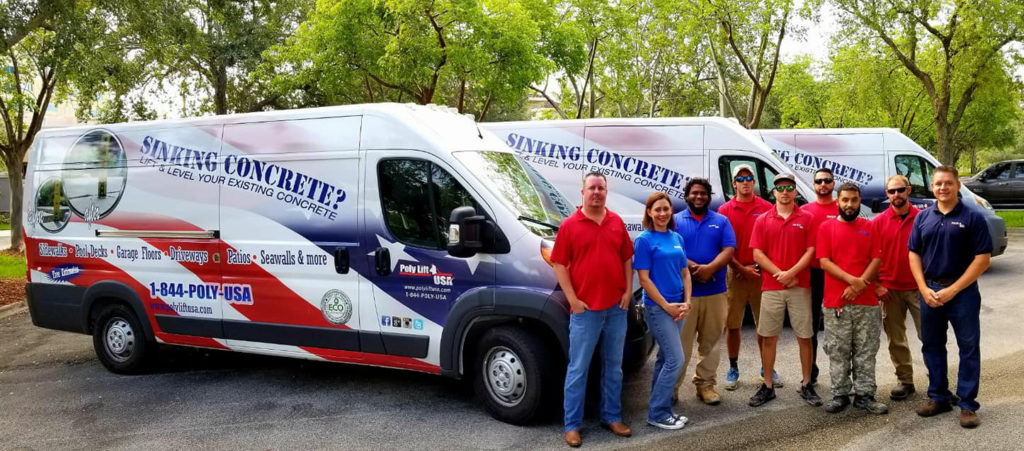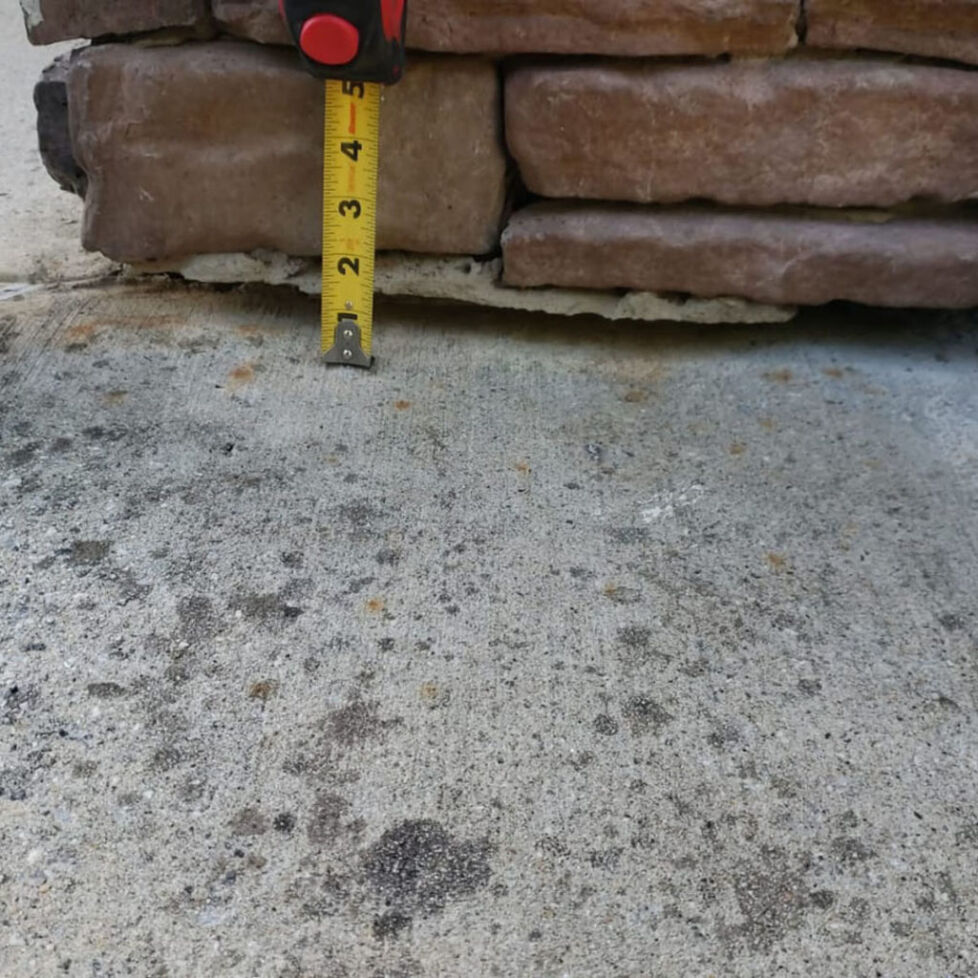
Foundation Repair and Soil Stabilization In Naples
How To Stabilize Your Foundation
When you build a new home, you want it to last — however, it’s not just the design you have to worry about. You also have to make sure the soil underneath is stable enough to hold the weight of the new structure. There are many ways that this can be accomplished, even after damage has been done, but prevention is always the best course of action. Foundation repair and stabilization specialists from Polylift USA offer a complete range of innovative solutions custom designed to repair and restore foundations for your home in Naples. Contact us today to schedule foundation services.
Know Your Soil
Before construction begins, learn what type of soil your foundation will be resting on and its shifting tendencies. There are three basic kinds of soil — clay, peat, and loam — each with its own advantages when it comes to building foundation. Even if you have not been blessed with the perfect soil to start construction on your dream home, there is still hope.
Clay
Clay is highly expansive due to its tiny particles. Primarily affected by moisture, clay commonly expands and contracts. Stable footing with clay requires chemical treatment, making it unsuitable for residential or commercial construction.
Peat
Peat can hold massive amounts of water. It’s comprised of decomposed organic substances and is easily compressed. Peat makes a poor building material, as it changes frequently when wet or too dry, and it can even become a fire hazard.
Loam
Loam is what you want to hear when testing your soil for stability. Loam is a combination of clay, sand, and silt, making it crumbly to the touch. It is the most well-balanced of all the soil types. This is an ideal component of a well-built foundation.
How To Tell If Your Home Has Foundation Issues
At first, it may seem only cosmetic — just a few cracks forming on the ceiling or wall. Then, you may start to notice that the doors and windows are more difficult to open. If you view your home from the outside, you may notice that the chimney is slightly tilted or the flooring sags. If you weren’t formerly convinced of foundation problems by this stage, you now need to act fast to avoid further damage to your foundation, structure, and property.
Foundation damage can be spotted with a careful eye from the following signs:
- Pools of water formed around the property
- Gaps around windows, doors, and garage doors
- Stairways or chimneys pull away from the foundation
- Cracks in walls, floors, drywall, bricks, slabs, columns, and siding
- Sloped or sagging flooring
- Cracks in concrete foundation
- Misaligned doors and windows
- Bowing or leaning of foundation walls
- Foundation Failure
An Eco-Friendly Option
When we carry out our foundation repair and soil stabilization in Naples, we ensure that our services are as eco-friendly as possible. Each of our experts use a solution designed to be as environmentally-friendly as possible. You shouldn’t need to worry about the impact your home will have.
You also wouldn’t need to worry about how effective this solution is; it’s worked for all of our clients before, so we’re sure that it’ll work for you.
There shouldn’t be anything stopping you from getting your soil stabilized and your foundation repaired quickly, easily, and to a high standard in Naples. What’s stopping you from getting in touch?
How It Works
Before & Afters
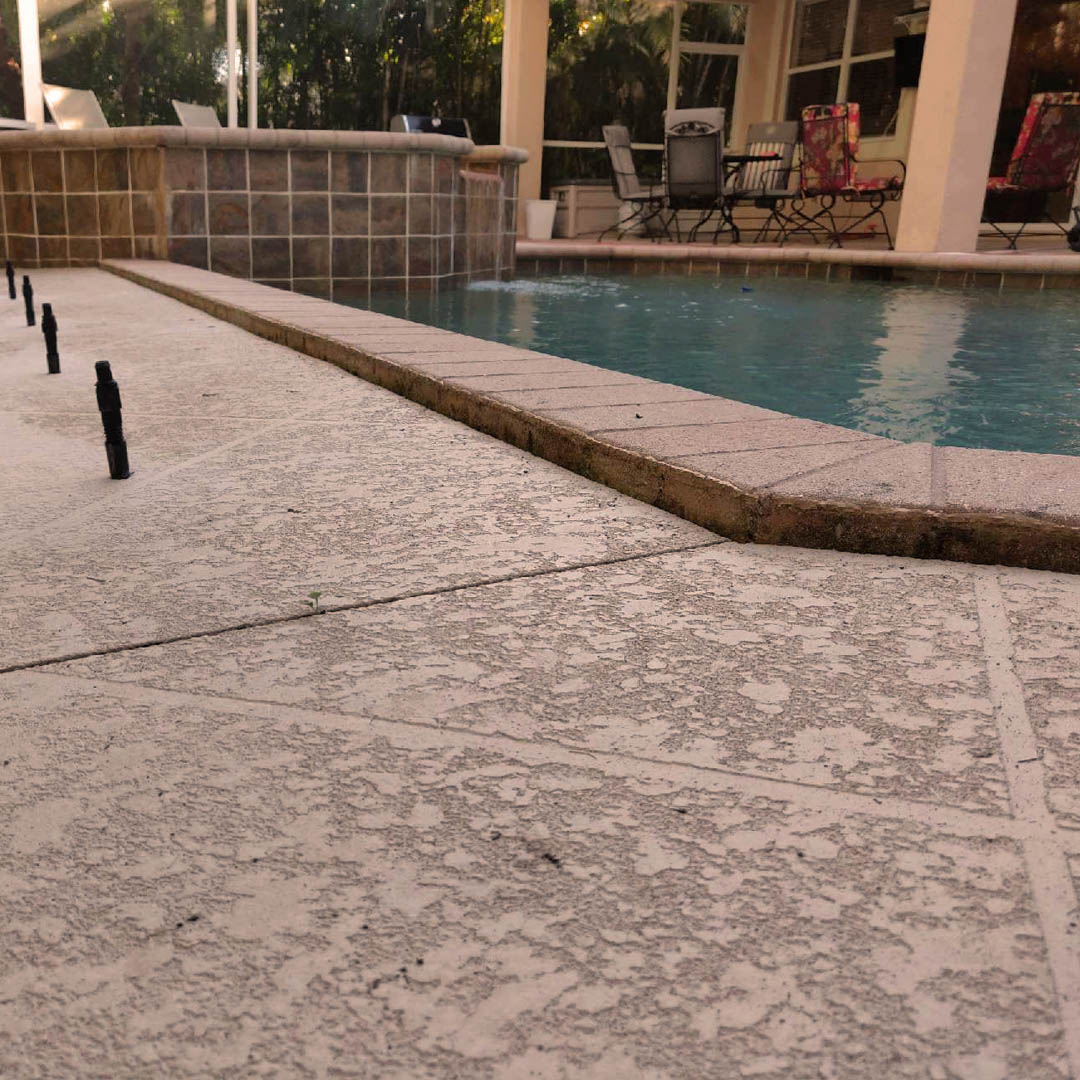
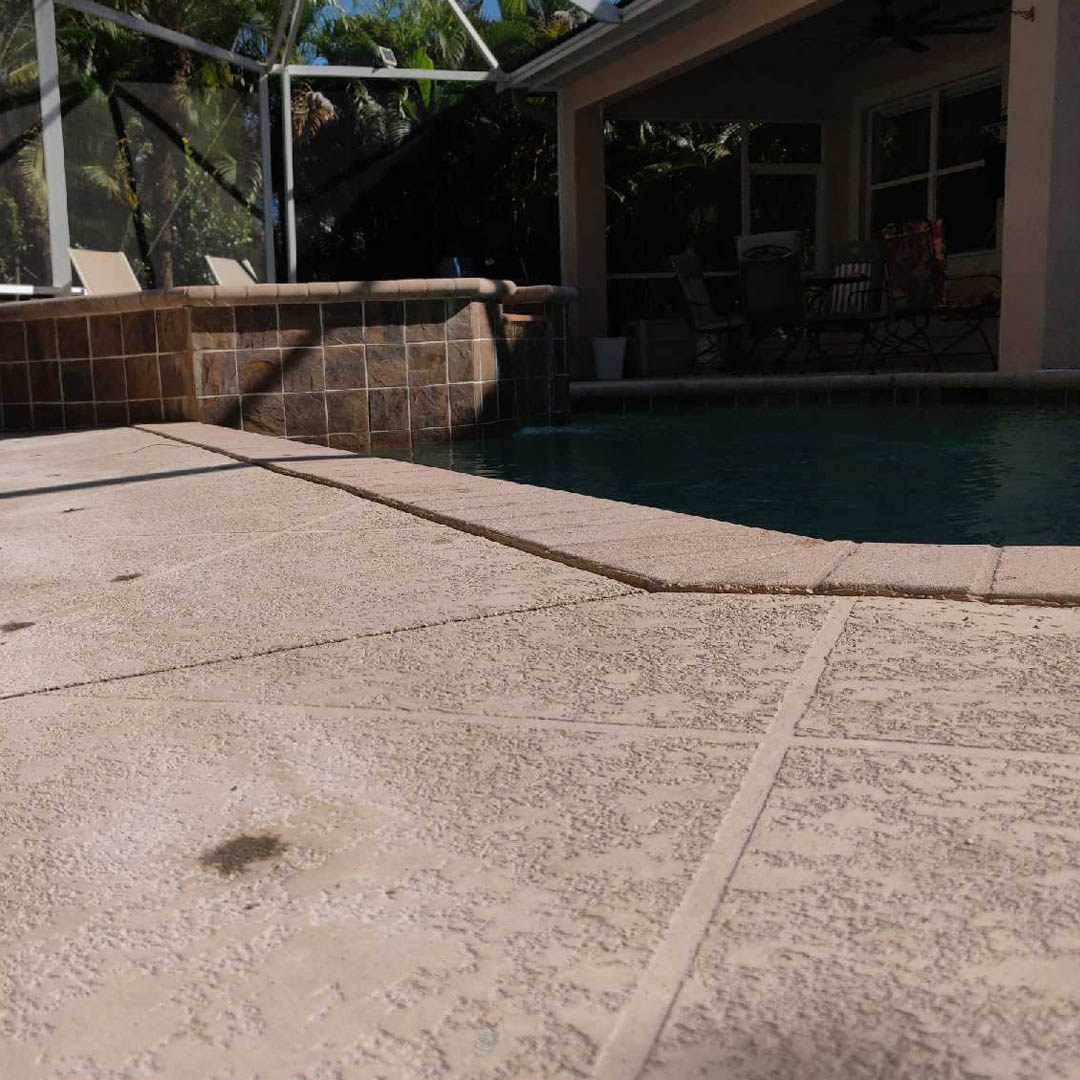
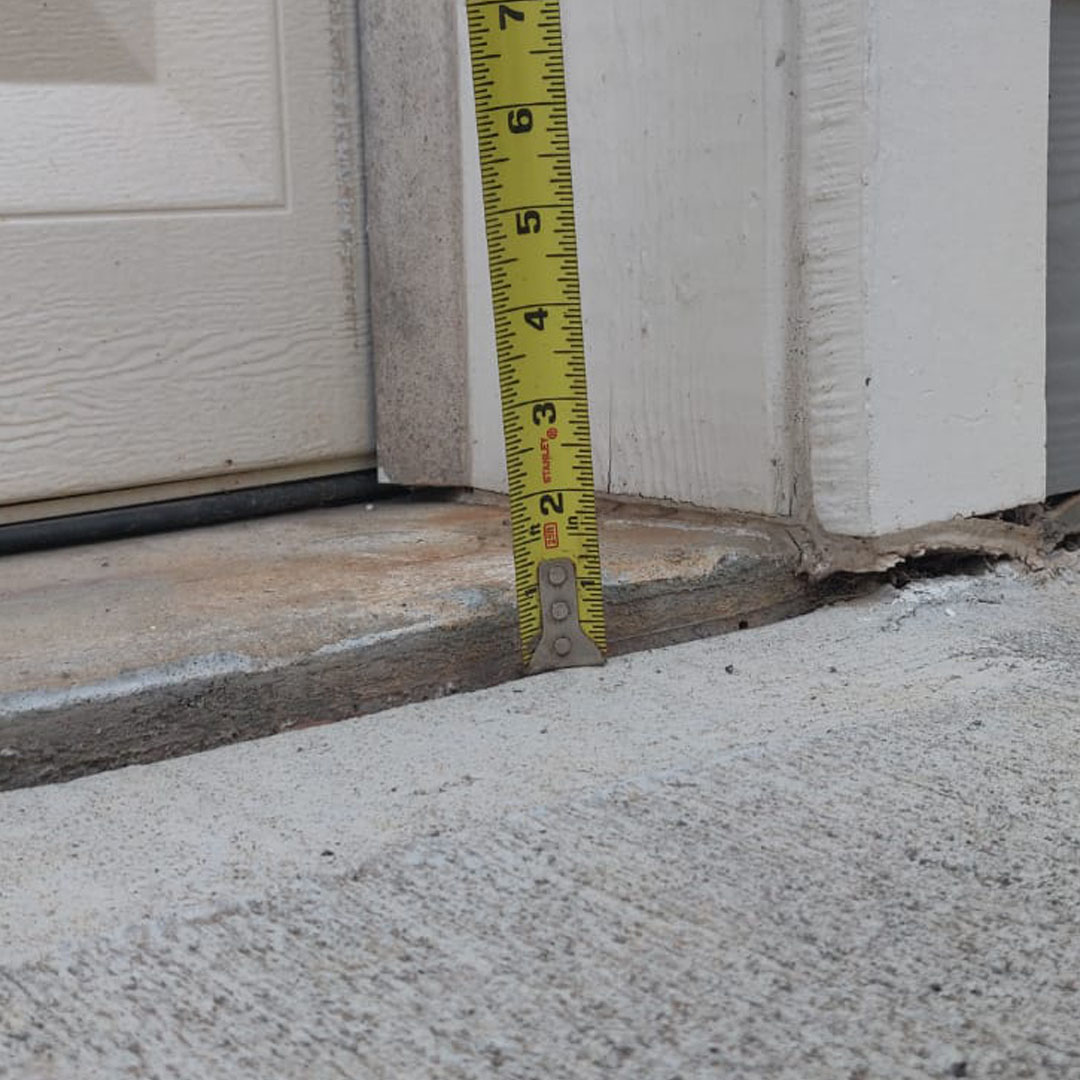
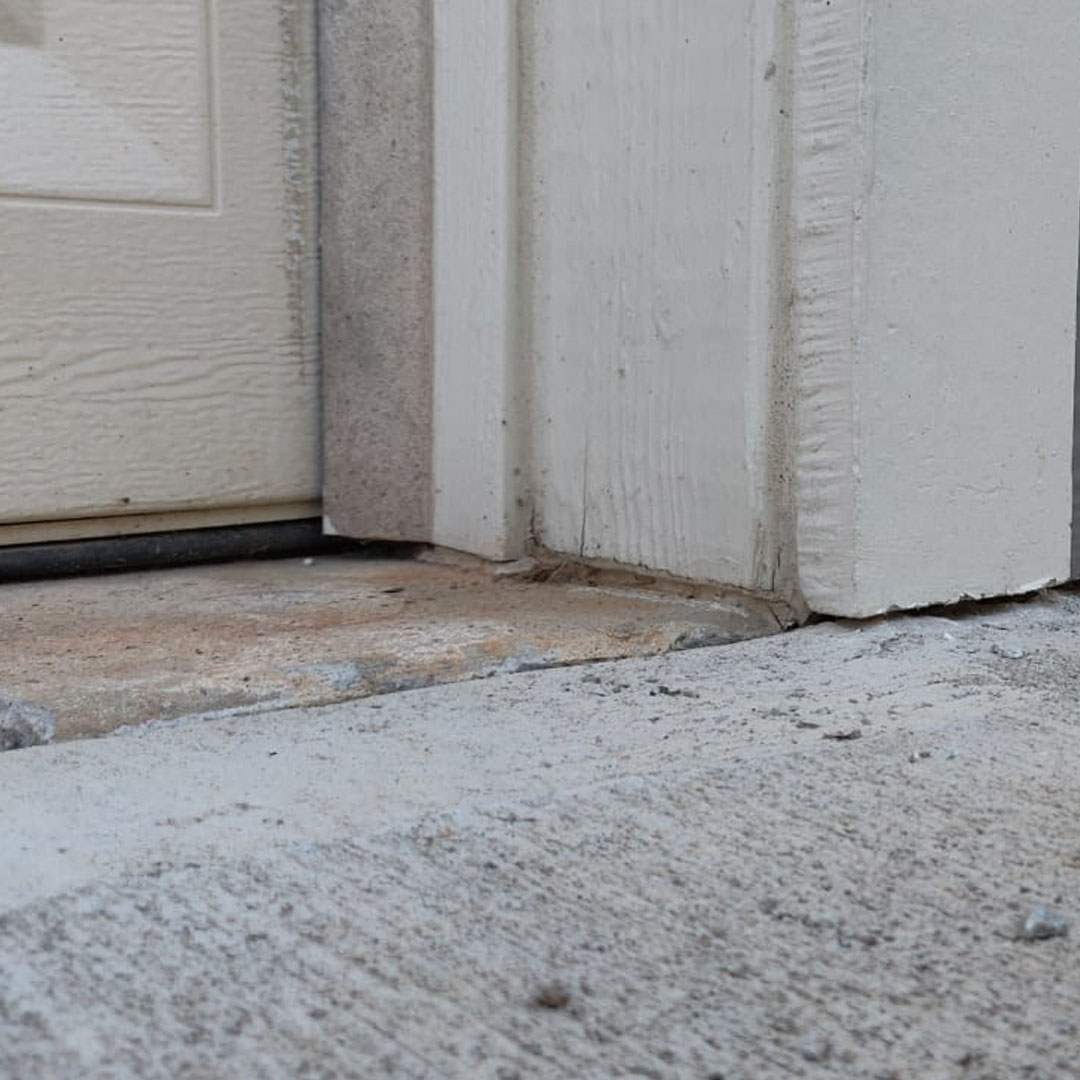
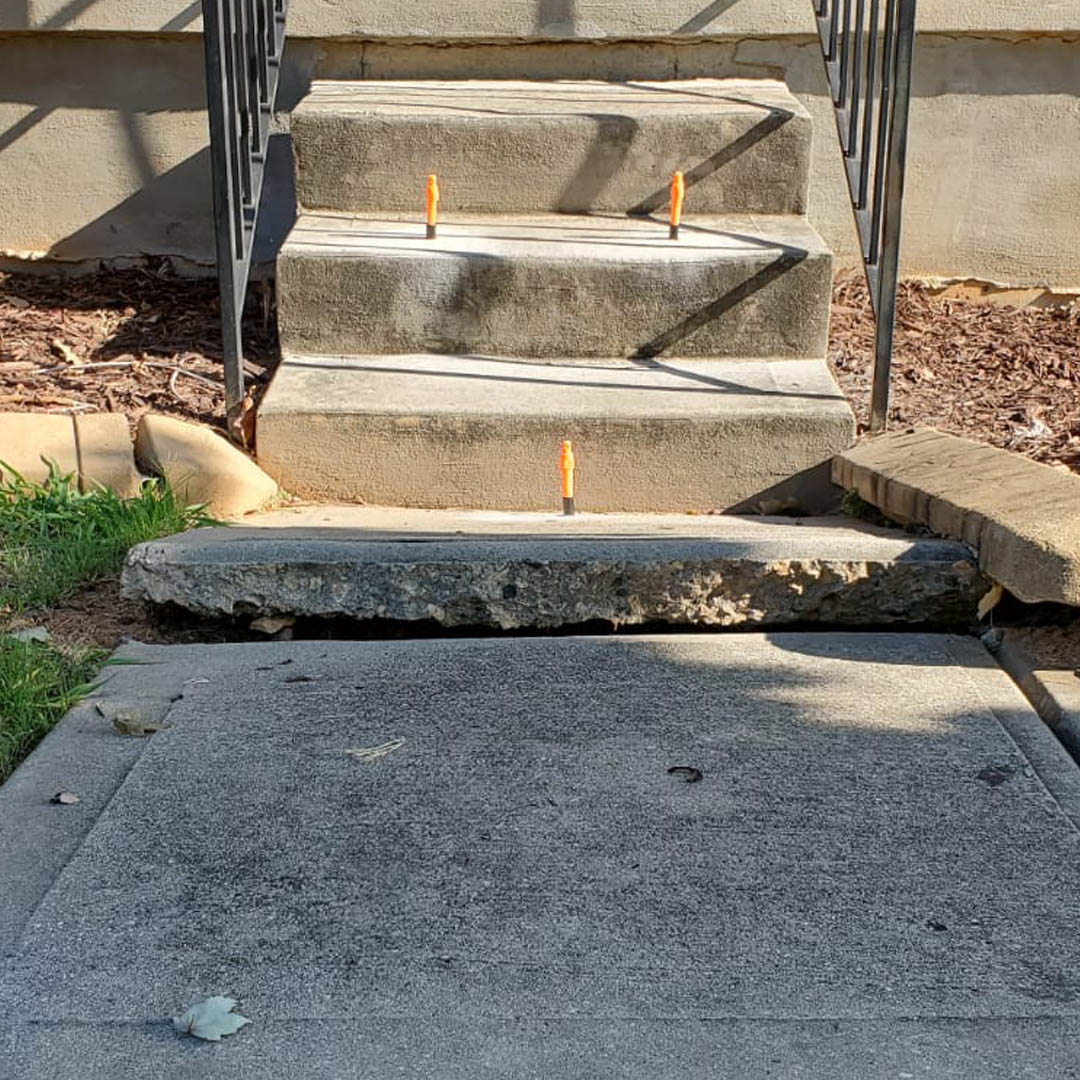
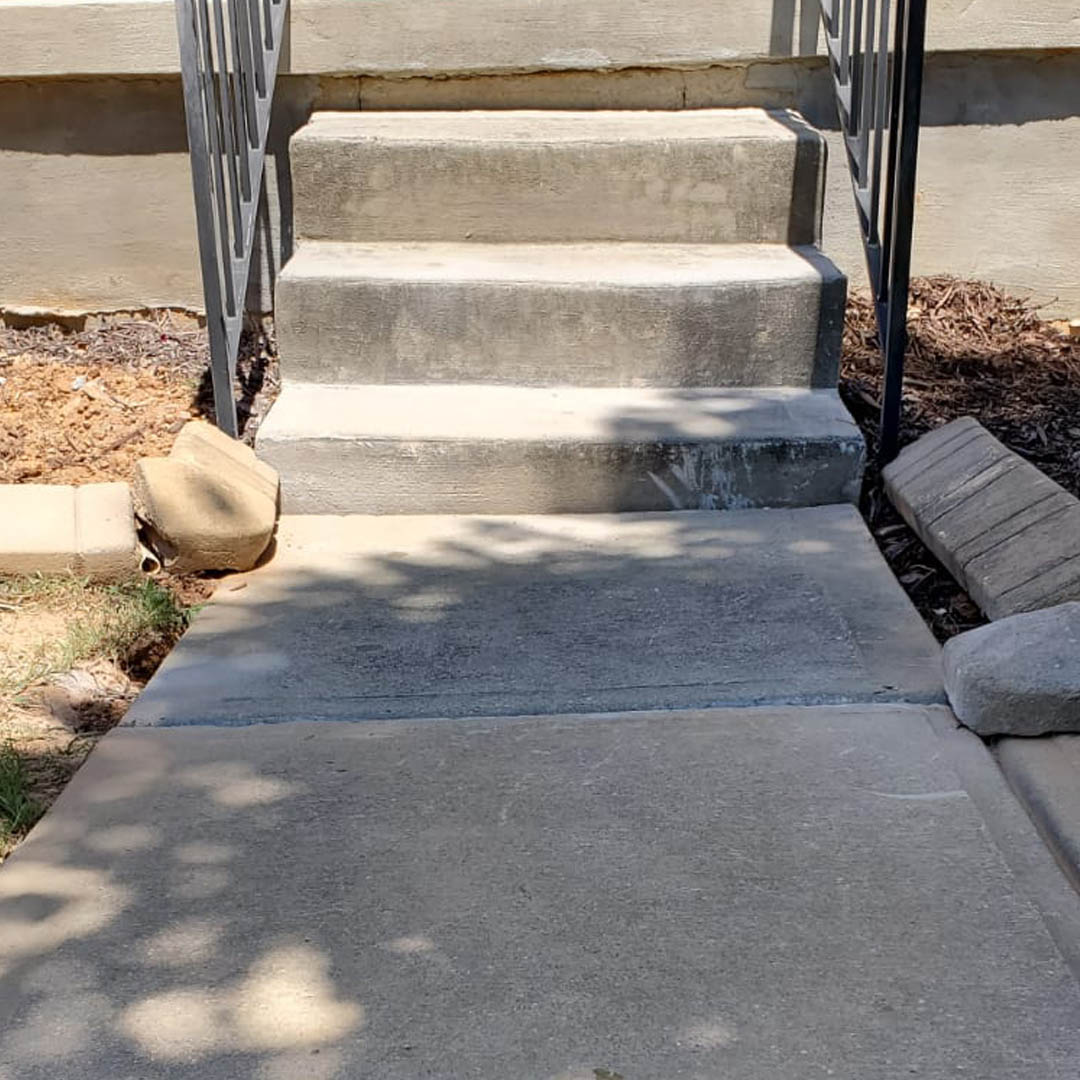
Contact Us To Schedule a Free Estimate





